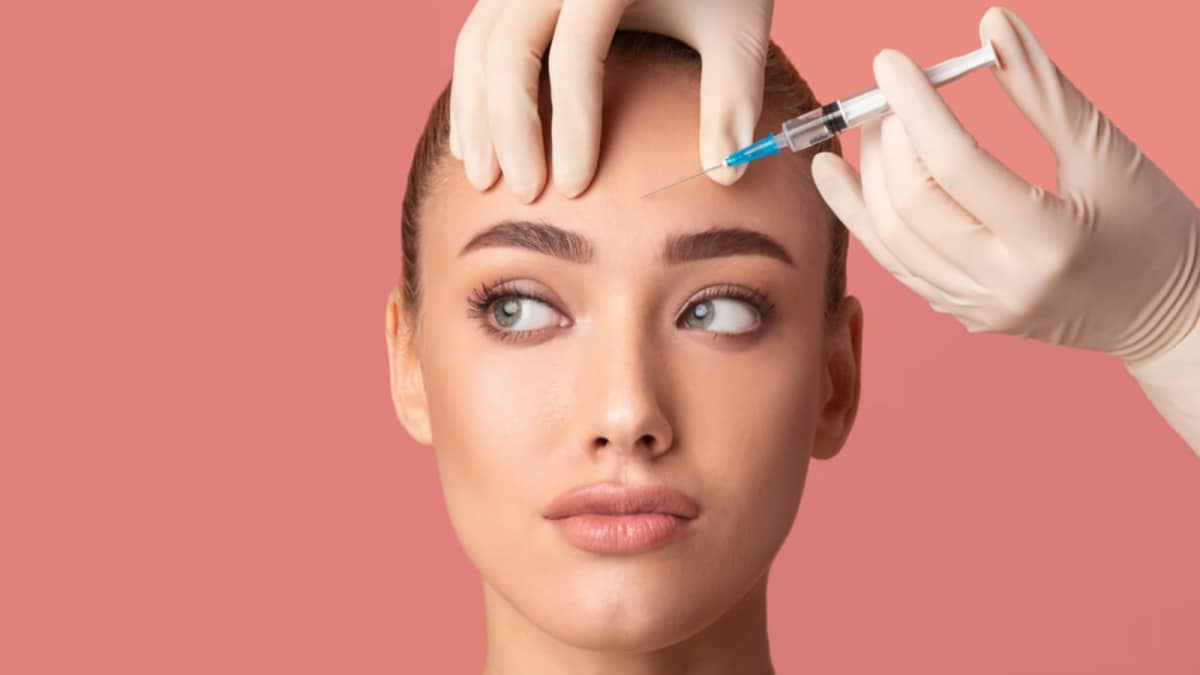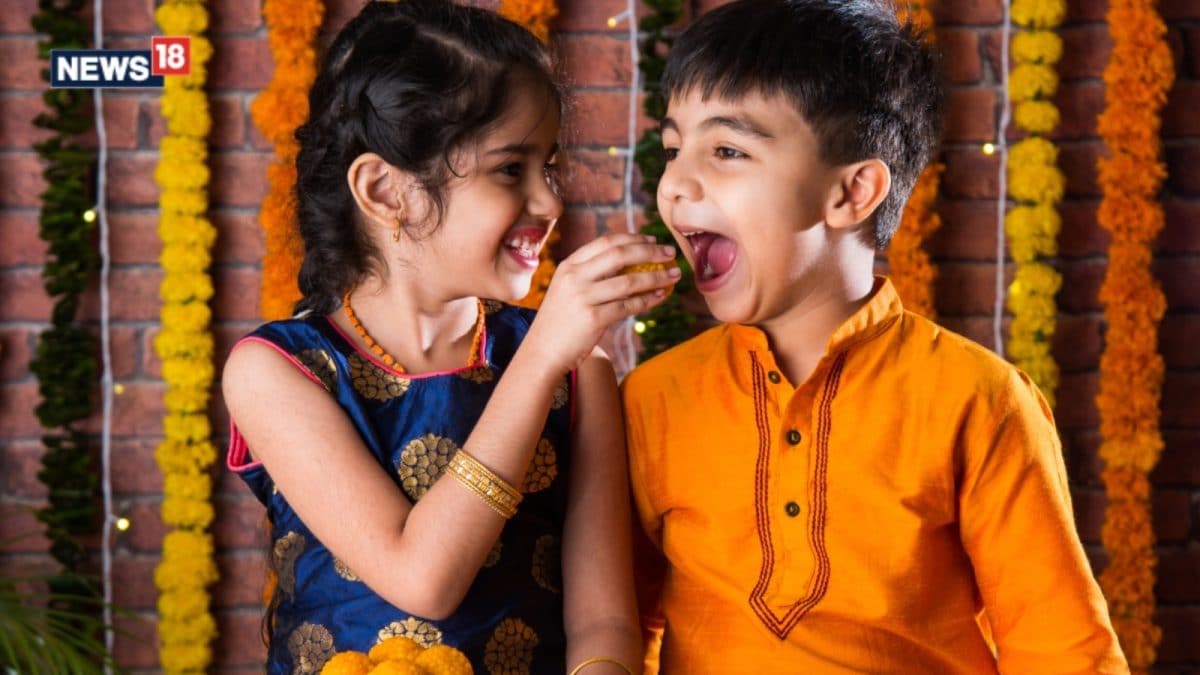Last Updated:
Botox at 20 is not a rule; it’s an option. For some millennials with strong dynamic lines, early micro-dosing by a board-certified dermatologist can be reasonable

Botox at 20: India recorded a landmark 1.29 million procedures in 2024, and regulatory bodies are now being called upon to design mechanisms for oversight (and penalize infractions) as demand for injectables like neuromodulators and fillers continues to surge.
In cities across India, aesthetic clinics are reporting a growing number of clients in their early 20s and 30s asking for ‘baby Botox’, micro-doses of botulinum toxin to soften expression lines before they turn into static wrinkles, and vice versa. The story is about more than just celebrity culture and social media; it’s also about access. India recorded a landmark 1.29 million procedures in 2024, and regulatory bodies are now being called upon to design mechanisms for oversight (and penalize infractions) as demand for injectables like neuromodulators and fillers continues to surge. Market research firms project rapid growth in botulinum toxin sales until at least 2030, further highlighting how mainstream these procedures are becoming.
Dr. Ashok B. C., HOD, Department of Plastic Reconstructive and Aesthetic Surgery & Chief of Medical Services, Aster Whitefield Hospital, Bengaluru, shares all you need to know:
What exactly is “preventive” Botox?
Rather than waiting for deep lines to form, small, strategically placed doses relax overactive muscles (glabella, crow’s feet, forehead) to slow the mechanical folding that drives wrinkle formation. A 2025 clinical review argues that early, judicious use can be a valid tool within broader aesthetic plans emphasizing conservative dosing, correct anatomical targeting, and long intervals to minimize risks. This aligns with the “baby Botox” ethos, which aims for movement moderation rather than a “frozen” look.
Worldwide, neuromodulators remain the most performed minimally invasive cosmetic procedure. The American Society of Plastic Surgeons’ 2024 statistics recorded nearly 9.88 million neuromodulator injections (Botox, Dysport, Xeomin, Jeuveau, Daxxify), a 4% increase over 2023—showing sustained mainstream acceptance. Separate tallies from ISAPS also ranked botulinum toxin as the number one non-surgical procedure globally, with data suggesting a shift toward maintenance-style interventions across age groups.
How does this trend translate to Indian skin and aging patterns?
Indian and Asia-Pacific expert consensus reports indicate that cosmetic wrinkling tends to appear later in many Indians compared to lighter phototypes. Historically, hyaluronic acid fillers have been more popular in the 20–30 age group, while combinations of toxins and fillers are increasingly used after 30. This distinction matters: in darker phototypes, who generally have a lower baseline wrinkle burden, starting neuromodulators very early should be a personalized choice based on anatomy, muscle activity, photoaging history, and expectations rather than a standard milestone at 20.
When conducted by trained clinicians, safety is generally favorable. Many meta-analyses and controlled trials note that adverse events are usually mild and transient (e.g., bruising, headache, eyelid heaviness), with overall complication rates estimated in the mid-teens percentage. Most cosmetic datasets are dominated by minor, self-resolving issues. A more strategic concern is immunogenicity (neutralizing antibodies) with overly frequent or high-protein-load formulations; while rare at aesthetic doses, repetitive short-interval injections can increase risk and reduce efficacy over time. Reputable clinics therefore discourage “top-ups” too soon and adhere to product-specific minimal intervals.
India’s rapid uptake raises governance questions. Leading cosmetology bodies stress robust informed consent, photography, and clear counseling on longevity and repeat treatments. Meanwhile, news reports warn of rising complications from unregulated providers—reinforcing the importance of checking a clinician’s credentials and ensuring proper storage and dilution protocols. In short: the “where” and “who” matter as much as the “what.”
Why are millennials leaning toward preventive instead of corrective?
Economically, small, spaced-out doses can delay (though not erase) the need for more aggressive interventions later. Culturally, there’s a move toward “maintenance aesthetics” think sunscreens, antioxidants, and occasional neuromodulators rather than boom-and-bust makeovers. The most credible approach remains conservative: start only if dynamic lines are visible at rest or if certain muscles are genetically strong; use low, anatomically precise doses; maintain 3–4-month (or longer) intervals; and pair injections with high-SPF sun protection and lifestyle changes that address the real drivers of premature aging (UV, pollution, smoking, poor sleep).
Another frequent comparison in clinics is “preventive Botox” versus early fillers. They are complementary, not substitutes. Neuromodulators reduce muscle-driven creasing; fillers address volume and contour. In younger Indian patients with good dermal quality, toxins may be used sparingly (if at all), while the focus remains on skin health, pigment control, and photo-protection. Combination treatment plans usually emerge later, when soft-tissue deflation and mixed line types appear patterns well-documented in Indian consensus data.
“Botox at 20″ is not a rule; it’s an option. For some millennials with strong dynamic lines, early micro-dosing by a board-certified dermatologist or plastic surgeon can be reasonable. For many others, evidence-based skincare and disciplined sun behavior may deliver a better return until anatomy and lifestyle indicate otherwise. As demand accelerates in India, patients should choose qualified providers, ask about dilution, units, intervals, and consent, and treat neuromodulators as part of a long-term skin strategy not a quick fix.

Swati Chaturvedi, a seasoned media and journalism aficionado with over 10 years of expertise, is not just a storyteller; she’s a weaver of wit and wisdom in the digital landscape. As a key figure in News18 Engl…Read More
Swati Chaturvedi, a seasoned media and journalism aficionado with over 10 years of expertise, is not just a storyteller; she’s a weaver of wit and wisdom in the digital landscape. As a key figure in News18 Engl… Read More
view comments







